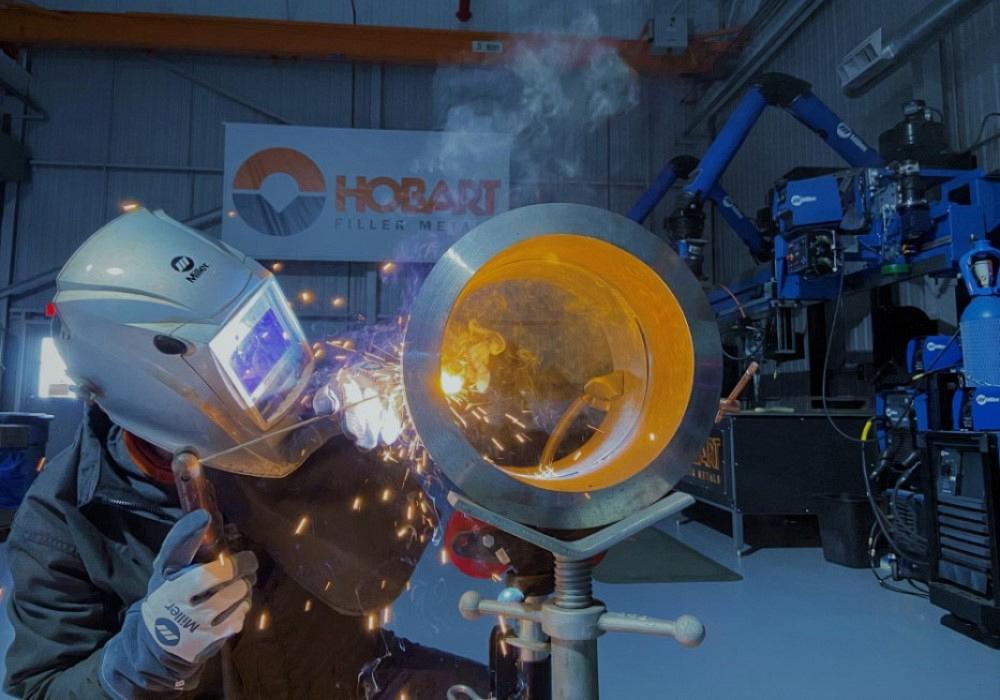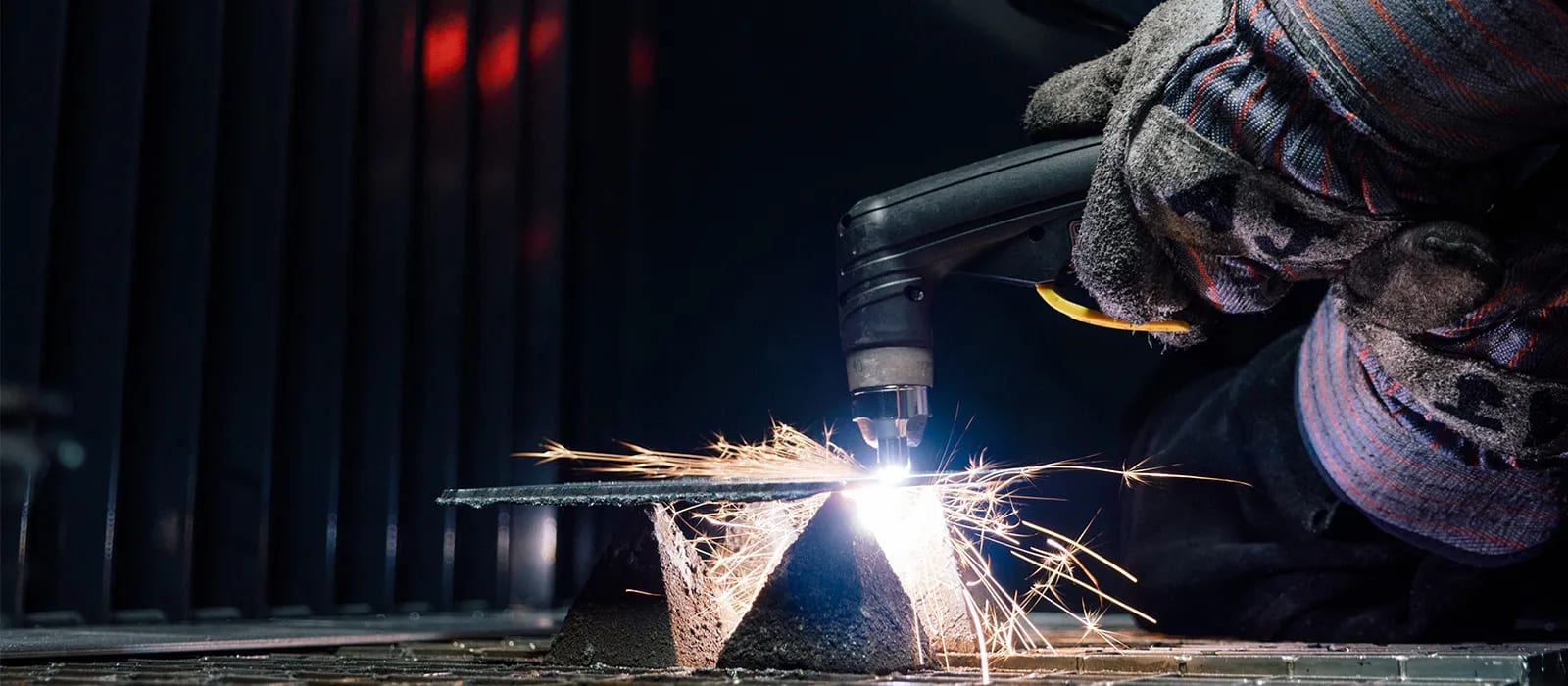Complete Guide to Preventing Weld Undercut: Tips and Techniques
Complete Guide to Preventing Weld Undercut: Tips and Techniques
Blog Article
Important Tips for Welders: Protecting Against Undercut Welding and Ensuring Stronger Weld Joints
In the world of welding, attaining sturdy and strong weld joints is the cornerstone of creating top quality work. One common challenge that welders often encounter is undercut welding, which can compromise the honesty of the weld joint.

Understanding Undercut Welding
Undercut welding is a typical welding flaw that takes place when the weld steel fails to correctly fill up the groove and leads to a groove-like depression along the weld bead. This problem deteriorates the weld joint, making it prone to fracturing and failing under stress and anxiety. Undercutting can be brought on by various factors, including excessive welding current, high welding rate, inappropriate electrode angle, wrong electrode dimension, and inadequate welding method.
One of the primary reasons for undercut welding is an imbalance between the welding existing and the welding rate. If the welding current is expensive or the welding speed is too fast, the weld steel might not appropriately load the groove, causing undercutting. Additionally, using an electrode that is also big can lead to a similar end result, as the excess steel can not correctly flow right into the groove.
To stop undercut welding, welders must ensure they are using the proper welding specifications, maintain an ideal electrode angle, select the appropriate electrode dimension, and method proper welding strategies. By attending to these elements, welders can minimize the danger of undercutting and develop stronger, extra trustworthy weld joints.
Proper Welding Strategy
Efficient welding strategy plays an important duty in ensuring the high quality and honesty of weld joints. One basic aspect of proper welding method is keeping the proper angle and distance between the welding gun and the workpiece.
Furthermore, a steady and consistent hand movement is vital for developing strong and resilient weld joints. Welders should aim for smooth, uniform movements to guarantee even distribution of the weld product. Proper adjustment of the welding weapon and filler product is additionally key to accomplishing ideal penetration and fusion.
Additionally, controlling the heat input and choosing the suitable welding parameters based on the product being welded are crucial elements in accomplishing premium welds - Preventing weld undercut. Welders must comply with the recommended setups given by welding treatment specs and adjust them as required based upon the particular requirements of the task. By grasping appropriate welding techniques, welders can significantly boost the stamina and reliability of their weld joints
Picking the Right Electrode
Preserving the correct angle and range in between the welding gun and the work surface is essential when considering the relevance of selecting the right electrode in welding applications. The selection of electrode plays a critical function in determining the top quality and strength of the weld joint. Electrodes are available in various types, each made for particular objectives and materials.
First of all, selecting the proper electrode size is important. Thinner electrodes are ideal for welding thin products, while thicker electrodes are much better for thicker materials and higher warm applications. Matching the electrode size to the thickness of the work surface aids achieve a balanced weld.
Second of all, understanding the material structure of the electrode is essential. this hyperlink Different electrodes are created for welding details materials like steel, stainless steel, aluminum, or cast iron. Utilizing the right electrode product makes certain good fusion and reduces the threat of issues in the weld.
Lastly, thinking about the welding placement and strategy is crucial when choosing the electrode kind. Particular electrodes are better matched for above or vertical welding positions, while others work well for level or straight settings. Choosing the best electrode based on the welding strategy boosts the general weld high quality and integrity.
Preparing the Base Steel
To make certain an effective welding process, what initial actions should be taken when preparing the base steel for welding? Correctly preparing the base metal is crucial for attaining solid and long lasting weld joints. The very first step in preparing the base steel is to cleanse it thoroughly to get rid of any type of contaminants such as corrosion, oil, paint, or dirt. This can be done utilizing a wire brush, chemical, or grinder solvents. In addition, any type of existing weld product or residue from previous welding should be gotten rid of to guarantee a tidy surface for the brand-new weld.

Carrying Out Post-Weld Evaluations

After conducting these assessments, welders should contrast the results versus industry requirements and job requirements to make certain that the weld joint satisfies all essential requirements. Any kind of inadequacies or inconsistencies found throughout the post-weld evaluation must be promptly addressed via appropriate corrective actions to guarantee the weld's stability. By vigilantly executing post-weld evaluations and immediately view it dealing with any kind of problems, home welders can promote the quality and reliability of their work, eventually adding to the safety and security and long life of the welded structures.
Conclusion

Finally, preventing undercut welding and making sure more powerful weld joints need a mix of appropriate welding strategy, choosing the best electrode, preparing the base metal correctly, and performing post-weld inspections. By understanding the sources of undercut welding and executing the required preventative measures, welders can produce top notch weld joints that meet industry requirements and make sure the structural honesty of the bonded parts.
Undercut welding is a common welding flaw that takes place when the weld steel stops working to correctly fill up the groove and results in a groove-like clinical depression along the weld grain (Preventing weld undercut). Damaging can be caused by numerous aspects, including extreme welding existing, high welding speed, inappropriate electrode angle, incorrect electrode dimension, and poor welding method
One of the primary factors for undercut welding is a discrepancy between the welding current and the welding speed. If the welding current is also high or the welding speed is as well fast, the weld steel may not effectively load the groove, leading to undercutting.Preserving the proper angle and distance between the welding gun and the work surface is basic when considering the value of picking the right electrode in welding applications.
Report this page